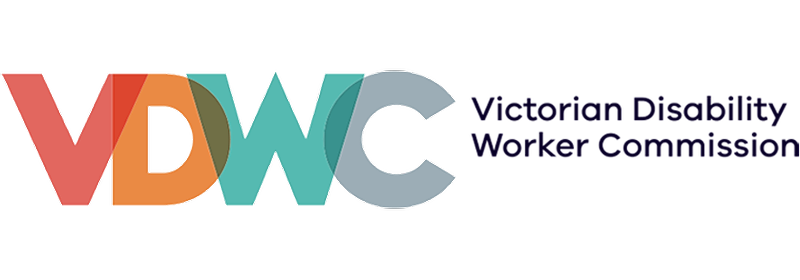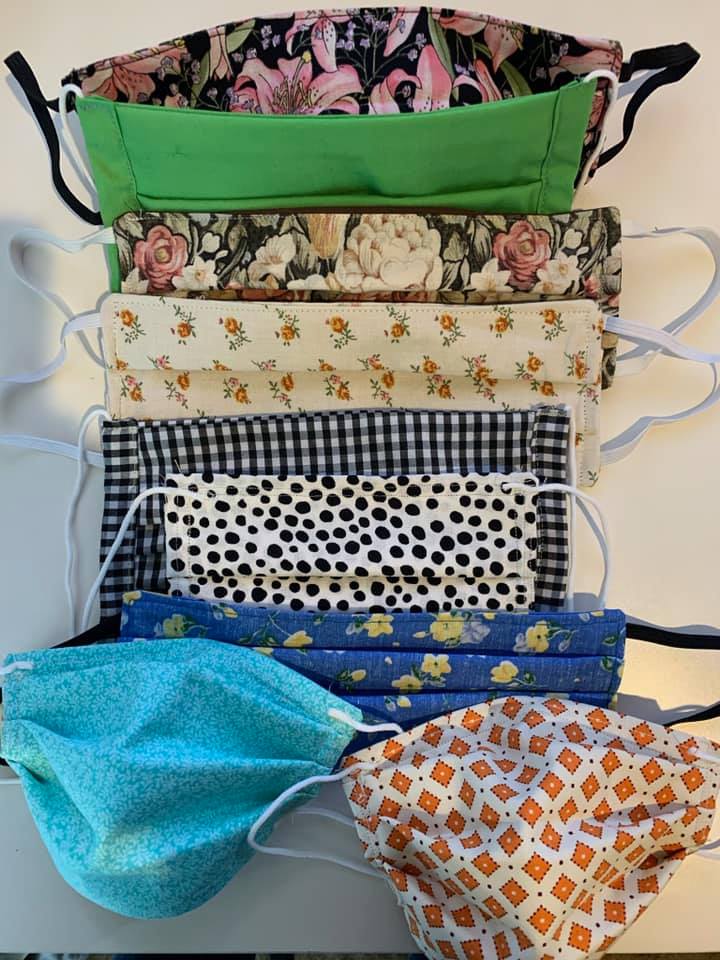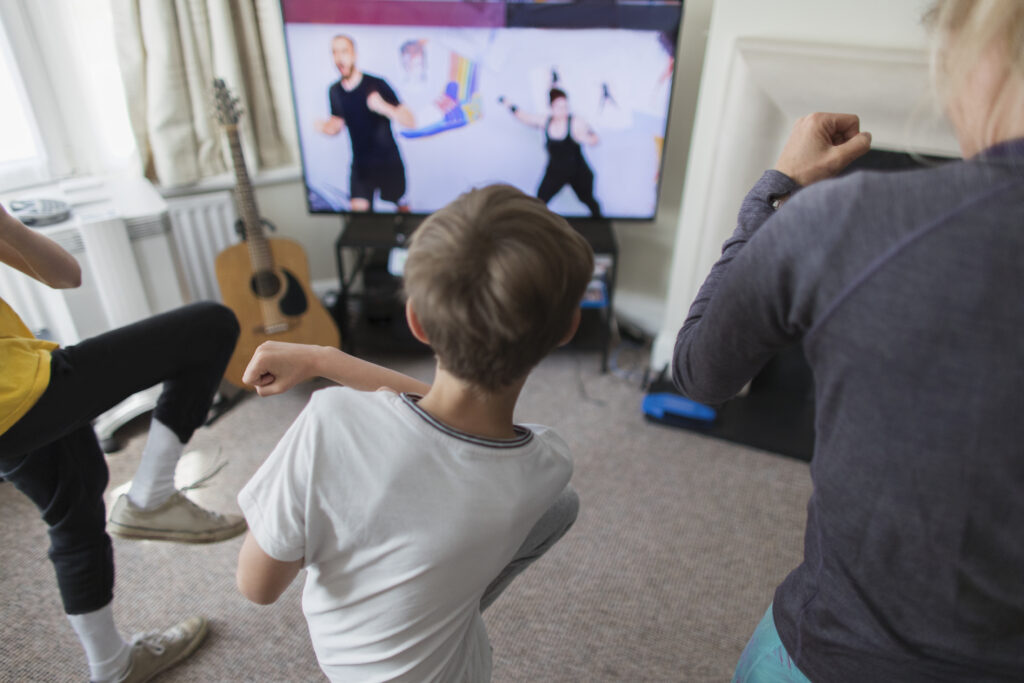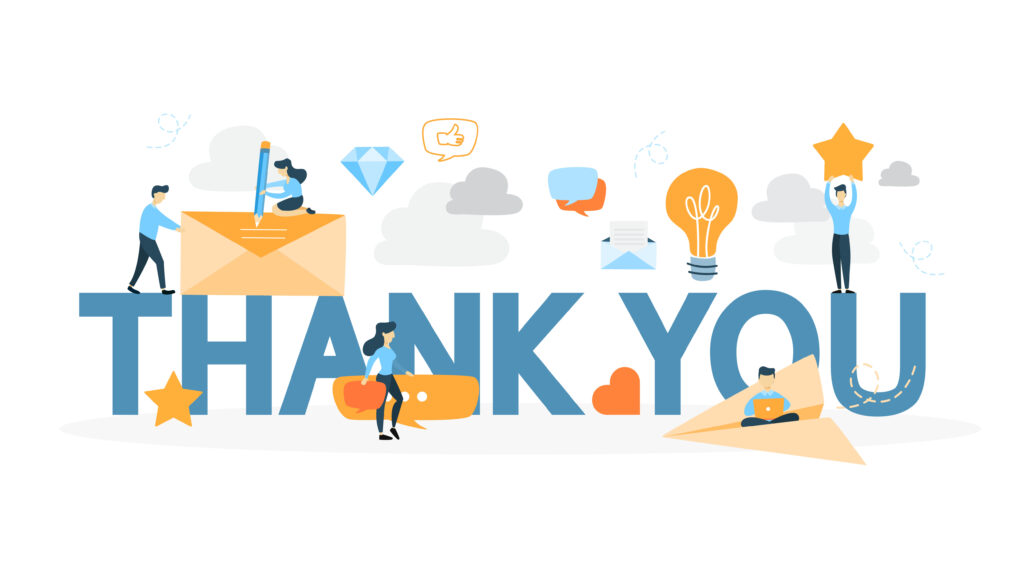Victorian Disability Worker Registration


Victorian Disability Worker Registration – Now Open
Applications for registration via the Victorian Disability Worker Commission are now open to Victorian disability workers from 1 July 2021. Registration supports a safer, stronger disability sector. Lifestyle Centred Services supports and welcomes the standards of the regulation scheme.
Registration ensures Victoria’s disability workers meet independent standards for safety, skills and professionalism, no matter how they are funded or employed.
Information on the requirements of registration, the registration process and how to register is available in the links below.
For Disability Workers
Registration aims to increase trust and confidence in your work. By registering, you will be supporting a stronger, safer disability sector.
As a registered worker, you can also show employers you are safe, skilled and professional.
There are currently no fees to register, and registration is voluntary.
If you do choose to remain unregistered, The Disability Services Safeguards Standards Act 2018 (The Act) requires you to comply with the Disability Service Safeguards – Code of Conduct
By applying to register from 1 July 2021, you can qualify with two years of experience if you do not hold a qualification.
To find out more about registration for disability workers, download a fact sheet or accessible version.
More information about registration is also available in these Frequently Asked Questions.
We have attached some useful information from the Commission about how to prepare you application for registration to this email.
We hope that you take up this opportunity to ensure that the Disability Sector is stronger and safer, and to further legitimise the work that we all do.
For people with a disability, their family and carers
Registered workers will have been assessed to be safe, skilled and professional.
People with a disability, their families and carers can be confident registered workers will meet professional standards – no matter what service provider they work for, where they advertise their services or how their services are funded.
To help a person you support find out more about registered workers, download a fact sheet or easy English or accessible versions.





